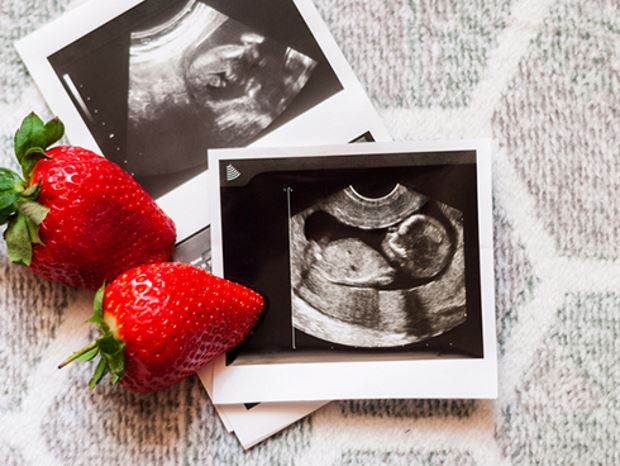Webinars
The Academy's webinar series provides nutrition professionals the opportunity to earn premier continuing education without the premier price. Choose from live events or recorded, on-demand experiences across a variety of topics and specialties!

